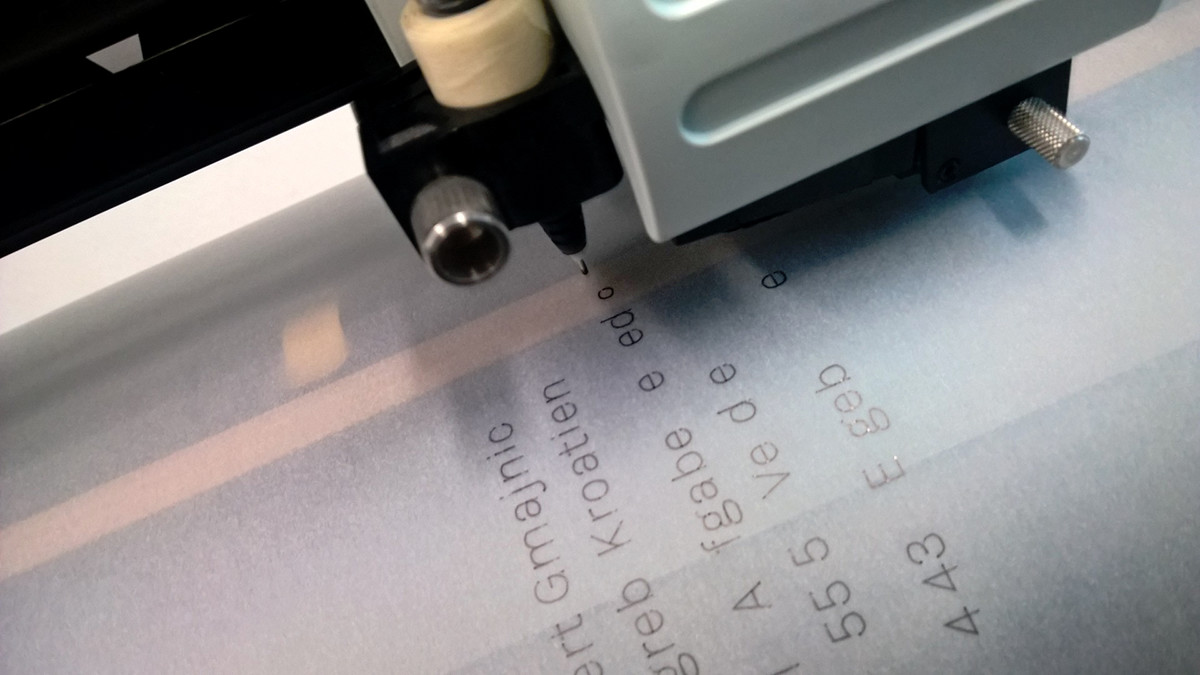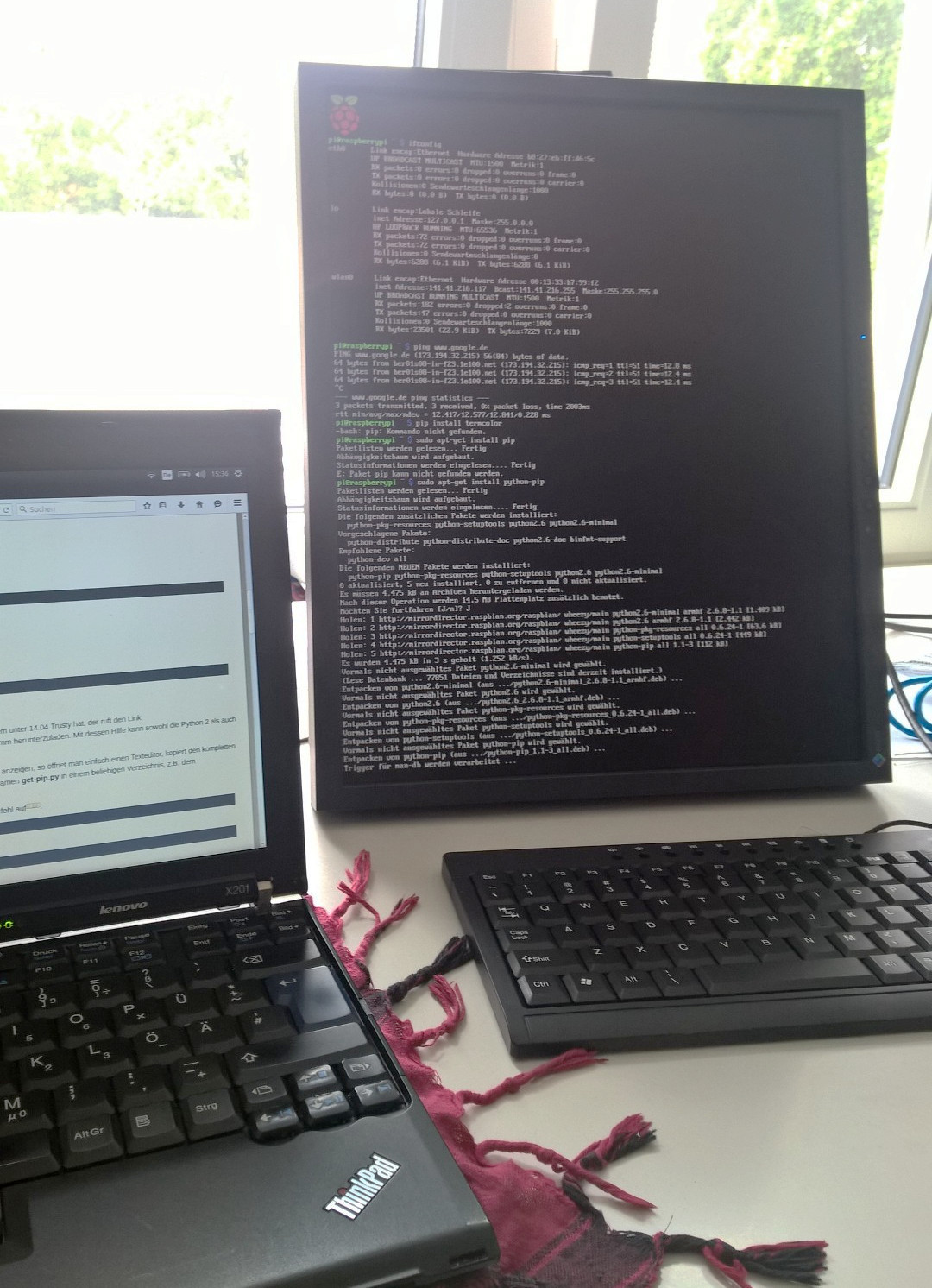



This project is based on the wonderful art of composer Earle Brown (1926–2002), a close friend of John Cage, David Tudor and Morton Feldman. If you've watched my video, I can give you a more technical perspective in the following paragraphs.
Technical Detail
First off, crowdsourcing was a very relevant part. As mentioned, I built a story around a deep learning enterprise that researches correlations between observing and speaking. This helped me getting through the quality control as gathering personal data was a key feature of my work. Though I obviously can't reveal it on the internet. It made a deposit to pay 33 people each $0.80 for a task. This is why I have 33 different pieces of sound now.
The crowdsourcing task related to an IP-address on which I had a server with a custom website. I'll describe the core mechanics. Visually the website tricked the viewer into believing it's the website of a group of researches. After reading the whole introduction, the victim had to put his/her name in a HTML form. As a matter of course I ensured anonymity. Yeah. So while the viewer saw a loading screen, the server had to do some data crunching. I made the server in Python with Flask. When the app got the content of the name field, it started a google search. Normally this generates eight to ten links. Then it loaded all the resulting pages from the links. Emulating a browser, the app used Javascript to get the exact position of all locations of the victims name on the up to ten pages. This resulted in the rectangles you see in the notations. The server answered the client/victim with these numbers and a script built up the notation in his browser. When the construction was done, a recording button showed up. I made all this with (customized) p5.js, jQuery and a bunch of own scripts. After 45 seconds of recording, a stop button popped up which revealed a validation code on press. This code was necessary for me to know who I could pay for their jobs and who failed. Also I wanted to get a screenshot of the code instead of a post so that I can have a voyeuristic view inside their browsers.
Exhibition
In the thesis exhibition (more images soon) I fed back the idea. On the wall I had a click bait phrase relating to my website. So while in the exhibition the visitor was able to look through my work online on his smartphone. This also helped a lot with the noise pollution. As a classical scam, I placed the most important feature on the bottom of the page: Get your own notation – simply leave your name and email. Leaning on the wall, there was a little monitor. On the first sight it seemed uninteresting, on the second it revealed itself as a wall of shame. Every online visitor and every email/name combination got a text row on the interface.




